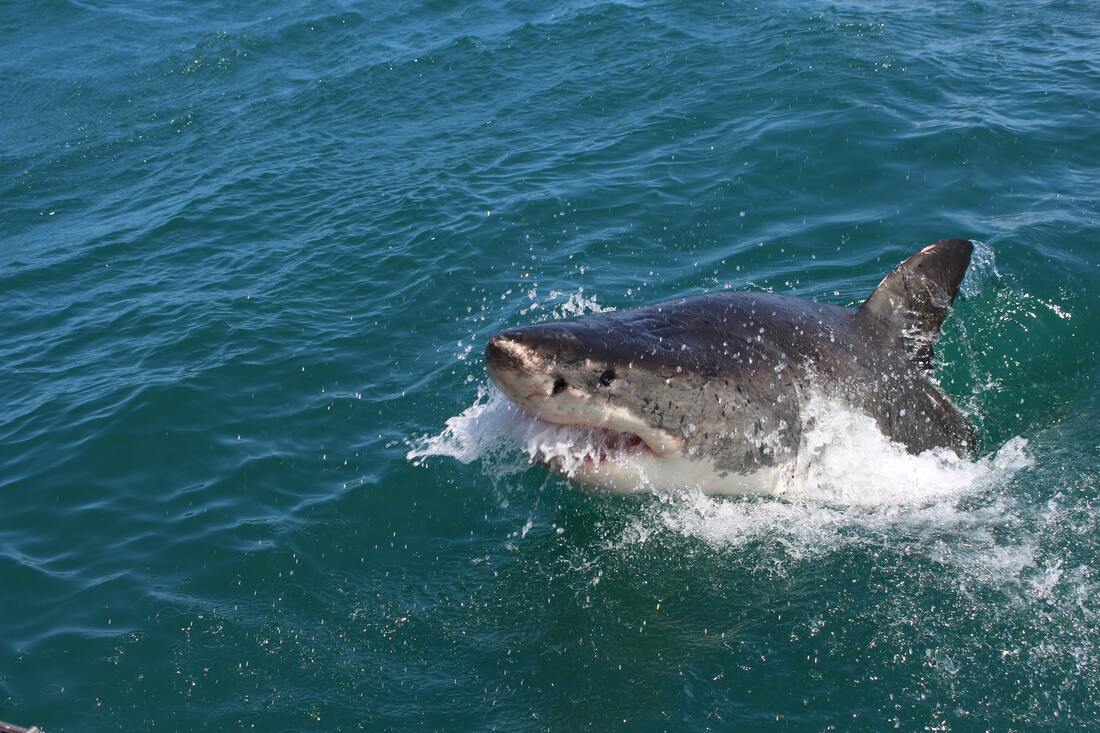|
It may not be shark week in Florida quite yet, but with the Sunshine State coastline being completely surrounded by saltwater, every week might as well be. However, it's not every day that we can track them and know where they're choosing to hang out, that is, unless you're Ocearch. As a result of scientific efforts by Ocearch — an organization that focuses on the conservation of marine life through research and migratory behavior tracking — we're able to keep an eye on a few different sharks, as well as approximately where they're staking claim in the surrounding seas via tracking devices that have been attached to their top fin. Self pro-claimed Shark Stans will be happy to know you can also check their stats. Ocearch's tracking interface includes detailed breakdowns on each shark's age, length, weight, species, travel history and pathing, and even when their fin last broke the surface; given the data is available, that is. Right now, it appears to be that the southern seas near the Florida Keys belongs to a 10 and a half foot, 600 lb. female juvenile White Shark, (that's Carcharodon Carcharias for the aspiring scientists), named Rose. Juvenile White Shark are classified as being 6 years old or younger, and typically between 4 and 9 feet in length, making Rose slightly large for her age. Most recently pinged on February 23 at 12:18 pm, Rose is seen hugging the edge of the West Florida Escarpment between The Keys and Naples. She's been patrolling nearby waters for a good portion of the month, having made her way into the Straits near The Keys back on the 8th of February. Just days before her most recent ping, Rose's fin was tracked breaking the surface on the 18th. And it looks like this isn't Rose's first time coming to south-Florida's waterways. She was pinged much closer to Key West and Boca Chica Bay's beaches back around the same time in 2022. Making her way down to Boca Chica Bay from Carysfort Reef between the 23rd and 25th of February, she remained in the area off the Key West coast for a few days. Eventually, Rose started to drift further out into the ocean and up the state's west coast throughout the month of March before backtracking and beginning to migrate northward. Curious how the Ocearch sharks get their names? Us too. Many of them are named for something from the area nearby where they were first tagged. Sometimes, Ocearch allows partners and sponsors to pick the name, as was the case with Rose. "Rose's name was chosen by our partner SeaWorld, who has supported wildlife rescue, rehabilitation, and vital ocean health initatives like OCEARCH for decades." says Ocearch. She was named after Rose Bay, not far from where she was tagged on the 4th in Lunenburg during Ocearch's Nova Scotia Expedition in October of 2020. She's certainly traveled a long way! Want to track Rose and her other deep sea pals' ocean travels? You can check out Ocearch's tracking interface on their website here. You can also follow along with Ocearch's research journeys by following them on Instagram under tag @ocearch. Article by Rachael Volpe
0 Comments
Your comment will be posted after it is approved.
Leave a Reply. |
CATEGORIES |
|
|
Vertical Divider
|
Can't get enough?Uncover more of Florida through our channels below!
|
© COPYRIGHT 2015. ALL RIGHTS RESERVED.


 RSS Feed
RSS Feed